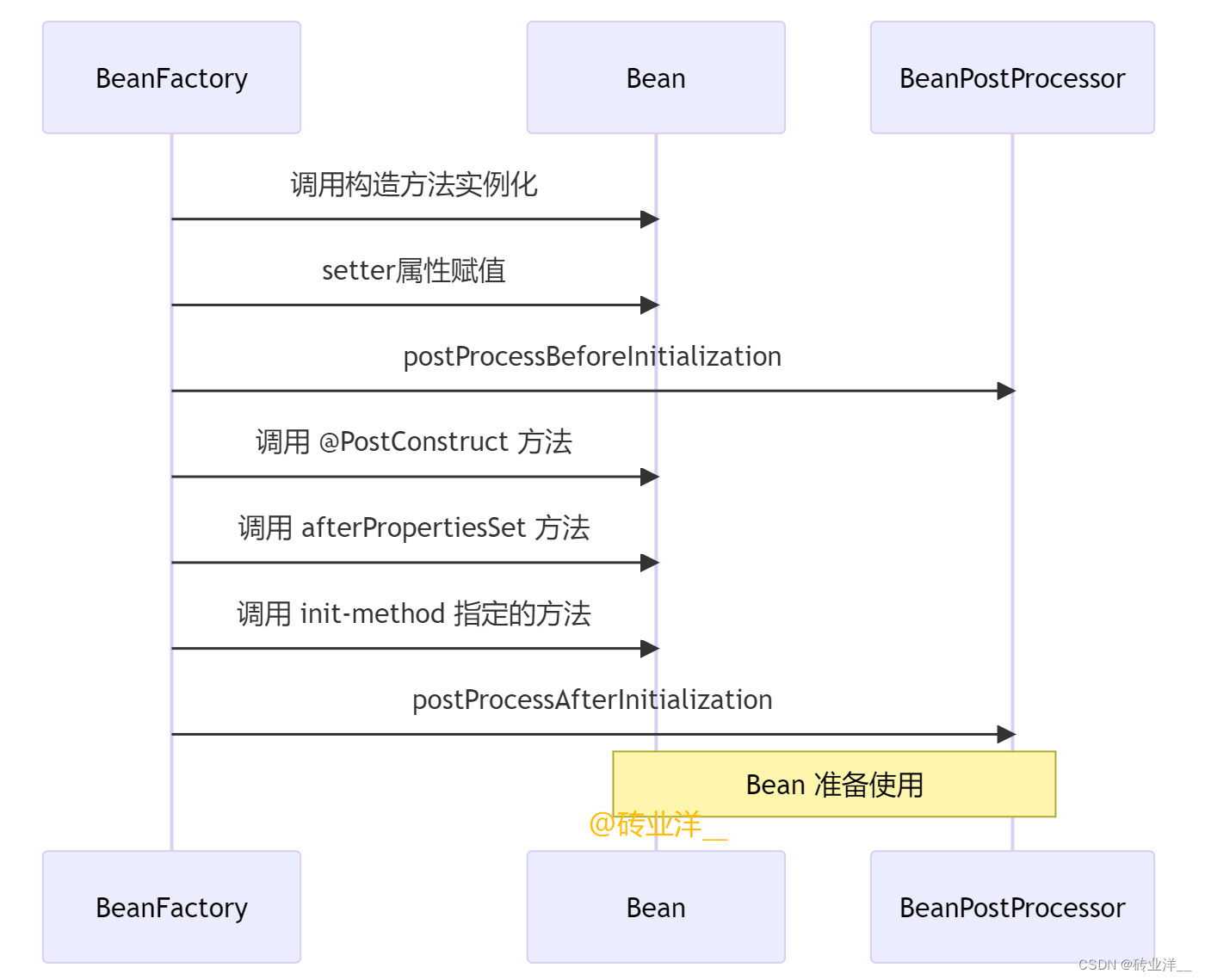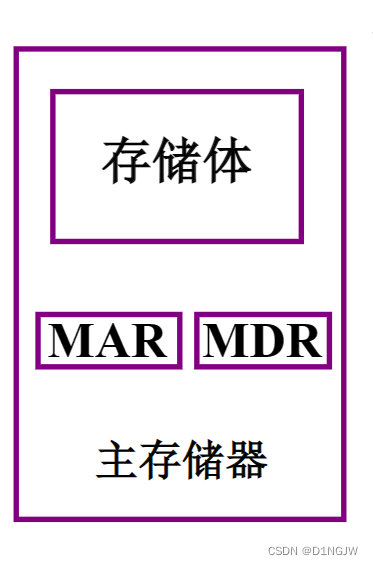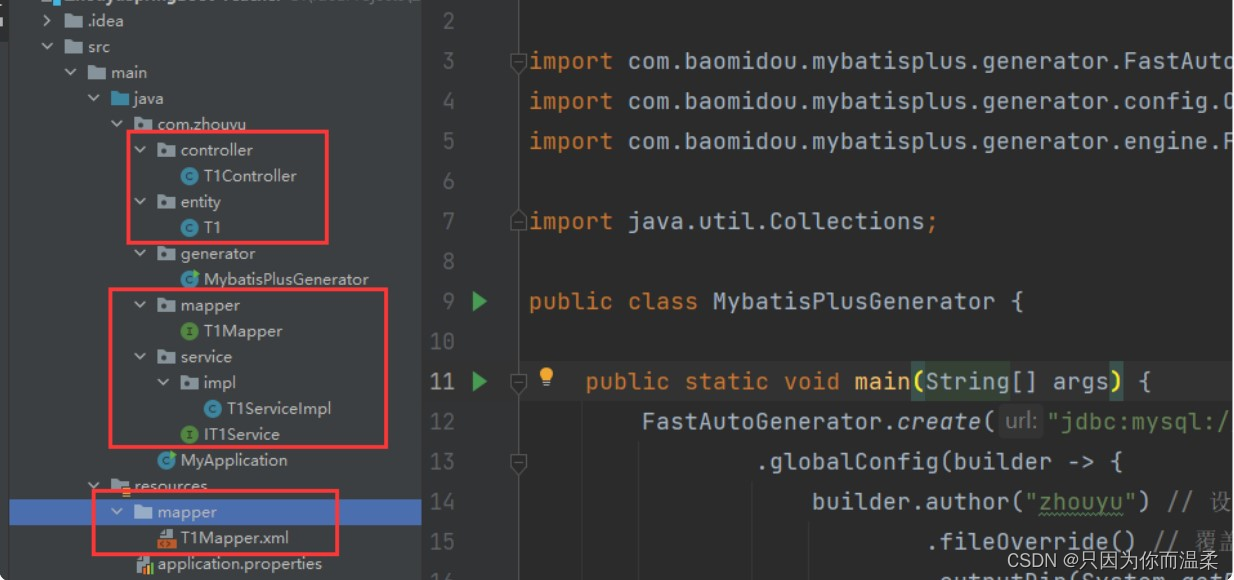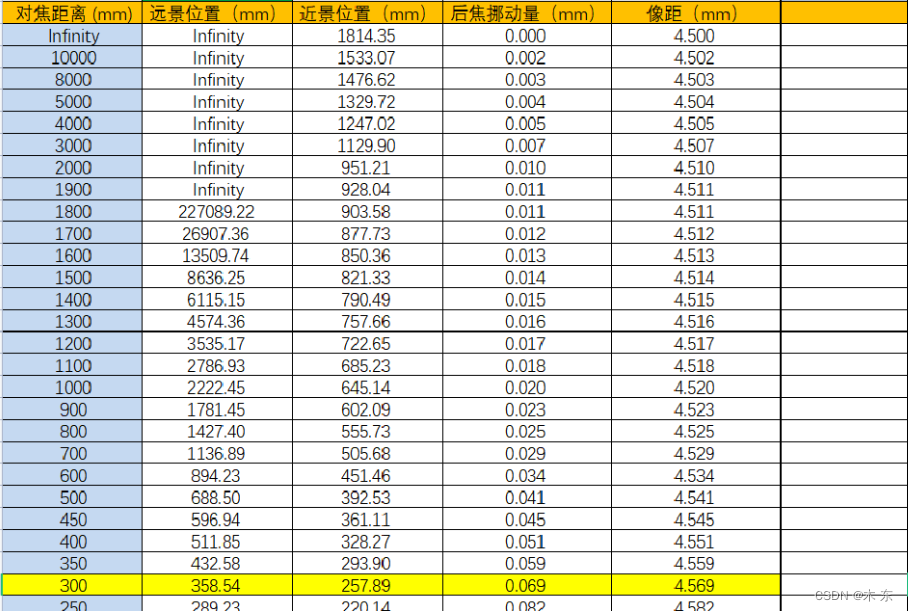文章目录
- 摘要
- 1. context接口
- 2. 实现context接口的类型
- 2.1 emptyCtx
- 2.2 valueCtx
- 2.3 cancelCtx
- 2.4 timerCtx
摘要
Context是go语言用于上下文管理的包,主要用于携程间的上下文管理,控制携程按时或者按时间取消执行。多个Context按树形或者链表的结果向前连接。Context是一个接口类型,实现了接口下的方法的类型,都可以认为是Context类型。包括emptyCtx、valueCtx、cancelCtx、timerCtx,它们是Context的具体实现。其中:
- emptyCtx是一个空的Context,不能存储数据。常用作Context树的根节点。
- valueCtx是用来存储键值对数据的Context。
- cencelCtx是能够存储键值对数据并且能够取消的Context。
- timerCtx是能够用来存储键值对数据,能设置时间取消的Context。
1. context接口
type Context interface {
Deadline() (deadline time.Time, ok bool) // 返回消息过期时间的方法。如果没设置过期时间,ok将为false
Done() <-chan struct{} // 若当前context被取消,返回一个关闭的channel;否则,返回nil
Err() error // 如果context未取消,返回nil;如果已经取消,返回取消原因。
Value(key interface{}) interface{} // 返回context中存储的键值对。
}
2. 实现context接口的类型
2.1 emptyCtx
emptyCtx是一个等价于int类型的类型,实现了Context接口。它不能设置超时时间,不能存储消息。常用作Context的根节点(Context之间按树形或者链式结构向前连接)。
type emptyCtx int
// 不能设置过期时间,所有没过期时间,ok为false(bool类型的零值)
func (*emptyCtx) Deadline() (deadline time.Time, ok bool) {
return
}
// 不会被取消,所以为nil
func (*emptyCtx) Done() <-chan struct{} {
return nil
}
// 不会被取消,所以为nil
func (*emptyCtx) Err() error {
return nil
}
// 不能存储值,所以为nil
func (*emptyCtx) Value(key interface{}) interface{} {
return nil
}
// 显示当前的context是background还是todo
func (e *emptyCtx) String() string {
switch e {
case background:
return "context.Background"
case todo:
return "context.TODO"
}
return "unknown empty Context"
}
// background和todo本质上一样,只是语义上不一样。
// background常在主函数、初始化、测试中使用。
// todo 是在不确定使用什么context的时候才会使用
var (
background = new(emptyCtx)
todo = new(emptyCtx)
)
func Background() Context {
return background
}
func TODO() Context {
return todo
}
2.2 valueCtx
能够存储键值对数据信息的Context。
// 结构体类型,能够存储一对值
type valueCtx struct {
Context
key, val interface{}
}
// 获取值,如果当前context不存在key对应的值,会去上一个context节点中找,直至到根节点
func (c *valueCtx) Value(key interface{}) interface{} {
if c.key == key {
return c.val
}
return c.Context.Value(key)
}
如何添加值?
// 在context(valueCtx)链表尾部添加值
func WithValue(parent Context, key, val interface{}) Context {
if key == nil {
panic("nil key")
}
if !reflect.TypeOf(key).Comparable() {
panic("key is not comparable")
}
return &valueCtx{parent, key, val}
}
添加的时候,要求传入的k是能够比较的值,并且也不是直接插入到Context(valueCtx)中的,而是重新创建一个新的context(valueCtx)存储(k,v)并插入到链表尾部。如下图所示。

2.3 cancelCtx
可取消的cancelCtx
type cancelCtx struct {
Context
mu sync.Mutex // protects following fields
done chan struct{} // 用来传递关闭信号的channel
children map[canceler]struct{} // 存储当前context下的子节点
err error // 存储任务结束的原因信息
}
// 用于撤销
type canceler interface {
cancel(removeFromParent bool, err error)
Done() <-chan struct{}
}
cancelCtx下的方法
// 返回c.done状态
func (c *cancelCtx) Done() <-chan struct{} {
c.mu.Lock()
if c.done == nil {
c.done = make(chan struct{})
}
d := c.done
c.mu.Unlock()
return d
}
// 返回c.err状态
func (c *cancelCtx) Err() error {
c.mu.Lock()
err := c.err
c.mu.Unlock()
return err
}
// 撤销context及它的子context
func (c *cancelCtx) cancel(removeFromParent bool, err error) {
if err == nil {
panic("context: internal error: missing cancel error")
}
c.mu.Lock()
if c.err != nil {
c.mu.Unlock()
return // already canceled
}
// 设置取消原因
c.err = err
// 设置一个关闭的channel或者将done channel关闭,用以发送关闭信号
if c.done == nil {
c.done = closedchan
} else {
close(c.done)
}
// 将子节点context依次取消
for child := range c.children {
// NOTE: acquiring the child's lock while holding parent's lock.
child.cancel(false, err)
}
c.children = nil
c.mu.Unlock()
if removeFromParent {
// 将当前context节点从父节点上移除
removeChild(c.Context, c)
}
}
怎么创建新的cancelCtx。使用WithCancel
type CancelFunc func()
//
func WithCancel(parent Context) (ctx Context, cancel CancelFunc) {
c := newCancelCtx(parent)
propagateCancel(parent, &c)
return &c, func() { c.cancel(true, Canceled) }
}
// newCancelCtx returns an initialized cancelCtx.
func newCancelCtx(parent Context) cancelCtx {
// 将parent作为父节点context生成一个新的子节点
return cancelCtx{Context: parent}
}
func propagateCancel(parent Context, child canceler) {
if parent.Done() == nil {
// parent.Done()返回nil表明父节点以上的路径上没有可取消的context
return // parent is never canceled
}
// 获取最近的类型为cancelCtx的祖先节点
if p, ok := parentCancelCtx(parent); ok {
p.mu.Lock()
if p.err != nil {
// parent has already been canceled
child.cancel(false, p.err)
} else {
if p.children == nil {
p.children = make(map[canceler]struct{})
}
// 将当前子节点加入最近cancelCtx祖先节点的children中
p.children[child] = struct{}{}
}
p.mu.Unlock()
} else {
go func() {
select {
case <-parent.Done():
child.cancel(false, parent.Err())
case <-child.Done():
}
}()
}
}
func parentCancelCtx(parent Context) (*cancelCtx, bool) {
for {
switch c := parent.(type) {
case *cancelCtx:
return c, true
case *timerCtx:
return &c.cancelCtx, true
case *valueCtx:
parent = c.Context
default:
return nil, false
}
}
}
2.4 timerCtx
能够存储数据,根据时间或者事件取消的Context。其结构对cencelCtx封装,并添加了个生命时间。
// 时间控制Context
type timerCtx struct {
cancelCtx
timer *time.Timer // Under cancelCtx.mu.
deadline time.Time
}
// 返回Context的截至日期
func (c *timerCtx) Deadline() (deadline time.Time, ok bool) {
return c.deadline, true
}
// 返回
func (c *timerCtx) cancel(removeFromParent bool, err error) {
// 将内部的cancelCtx取消
c.cancelCtx.cancel(false, err)
if removeFromParent {
// Remove this timerCtx from its parent cancelCtx's children.
removeChild(c.cancelCtx.Context, c)
}
c.mu.Lock()
if c.timer != nil {
// 取消计时器
c.timer.Stop()
c.timer = nil
}
c.mu.Unlock()
}













![[Eigen中文文档] 求解稀疏线性系统](https://img-blog.csdnimg.cn/d9224e84ded249379e53fa0a1434e86a.png#pic_center)





